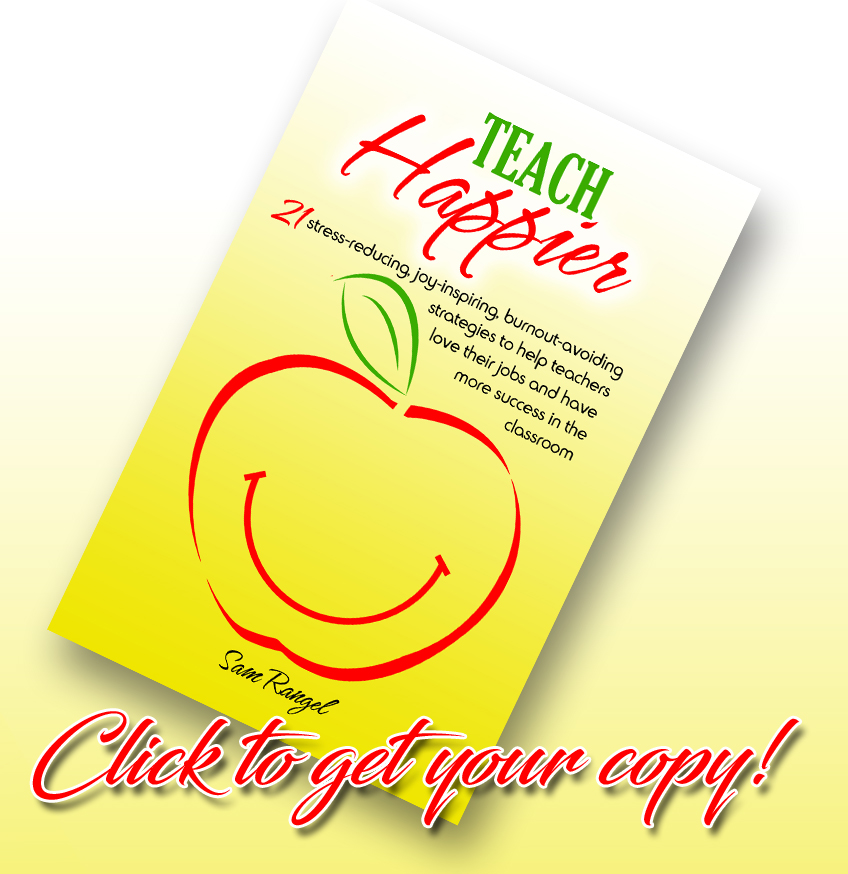One of the most important skills any teacher should have is the ability to tell a story.
You may laugh, but if you’re a language arts teacher or a history teacher, story-telling will make your classes so much more interesting.
Math and science teachers don’t use story-telling as much, but if they can somehow incorporate a story here and there, you will be able to better engage your students in your lessons.
Story-telling, however, does not come naturally to most of us. It’s a learned skill. I remember taking a story-telling course back in college, about 25 years ago, and as a history teacher, this skill has come in so handy for me.
I thought I would share what I’ve learned about telling stories over the years. Here are a few points to remember when telling a great story.
Have a Plan
You can’t just start your story out of the blue. If you’re going to make it meaningful, you’re going to have to purposely incorporate it into your lesson plan. This takes preparation.
Aim for a Climax
There has to be a main point to the story. There has to be a peak that you are working toward. It’s like a good joke. You need a punch line or else it will fall flat. The first part of telling a story is determining the climax. If there is no punch line, then the story isn’t worth telling.
Describe the Scene
This is where you prepare the setting. This is the difference from the ordinary story-teller and the amazing story-teller. You have to describe the colors, the sizes, the shapes, the weather, the sounds, etc. Put the students in the story. Let them feel, hear, see what is happening.
Describe The Emotions
What are you feeling? What is the character feeling? Is it a scary story, a sad story, an exciting story? Make them feel what you or your character felt.
Change Your Voice
If you have different characters in your story, change your voice. It doesn’t have to be drastic. A simple change in pitch or an addition of a whisper can differentiate the different characters in your story.
Move Around
If you have more than one character in your story, move to a different location each time a character speaks. Move closer to the students when you are at one of those suspenseful moments.
Use Sound Effects
This is part of a good story-telling. If there is movement in your story, make it make some kind of sound.
How Many?
I always ask this question. It keeps students engaged, and it allows me to see if the students are focused on the story. “How many have ever been afraid?” “How many have ever felt like giving up?” Then I get back to the story.
Repeat Key Parts
Sometimes, you’ll have an interruption of some kind – a side story, a question from a student, a dramatic pause. Go back and remind the students where you left off. Repeat the key sentence.
Pause for Effect
There will be places in your story where a dramatic pause will add suspense to it. Just don’t make it too long, because it will just be awkward.
Use Your Hands
Find ways to use your hands to enhance your story. Pretend you are pulling out a sword, or holding an object, or pointing to someone in the story.
Stay on Course
Try and not take too many side trips to other stories. It may happen, but as long as you come back to the main story, you’ll be alright. If you have to ask the question, “Where was I?” You may be getting off topic too much.
Speak in the First Person
Pretend you are the character. For example: William Barrett Travis was speaking with the people in the Alamo and said, “Listen my friends. We are surrounded. It looks bad. When the Mexican army attacks, we will probably die.”
Use False Climaxes
This is what I like to do to bring a little humor to the stories. That’s when Travis pulled out his sword, (sound effect of a sword being pulled out of its scabbard). Here the students think that Travis is going to take some drastic action. I pause. I ask the question: What do you think he did then? I listen to the responses. Then I repeat the main sentence – Travis pulled out his sword and…I pause again…Every student is waiting for my next words…he drew a line in the sand. It’s a little bit of a let down to the kids, but at that point, they are really into the story.
Don’t Be Perfect
It’s OK to not get all the details correct. It’s also OK to enhance a story. Just don’t get too creative. The students are not going to go and check up on your facts, so if you have to add a few characters or some extra dialogue to make it more interesting, that’ OK.
Practice
This is so important. The night before I’m going to tell one of my stories, I always practice it at home. I go downstairs when my kids are asleep, and I tell the story to the sofa. Even after all these years of story-telling, I still need to practice.
This post turned out a little longer than I was planning, but as I was thinking of what I do, I didn’t want to leave anything out. I probably did anyway.
Story-telling is a great way to engage your students in your lesson. Kids love stories. We all love stories. I have students tell me all the time, “I like coming to your class Mr. Rangel, because your stories are so cool.”
We want students to enjoy their time in our classes. Story-telling is one way to achieve this.
I hope this was helpful. I’m interested to know if you have any thing else to add to this list.
Thanks,
Sam
Photo by http://www.flickr.com/photos/mikegrenville/



